My first stab at natural dyeing this year was accomplished stove-top. I simmered curly dock/sorrel in a cheap department store pot for a couple of hours, then strained the juice and simmered yarn for another couple of hours.
My wool yarn felted slightly, which means it stuck together in some places and had to be gently pulled apart at the end of the process. It doesn't have the greatest texture, and it has no sheen, but that might be because it was cheap yarn when I bought it.
The cotton yarn had a nice color and texture, but the color seriously faded as the yarn dried. I've since learned it's more difficult to get cotton yarn to take color in natural dyeing, and perhaps that's the reason I've focused more on cotton than wool during this learning journey and experimental adventure. I thrive on challenge. I love being able to do what someone says I can't.
My second attempt at natural dyeing was with alfalfa, which was growing abundantly all over my backyard, thanks to my inability to pay attention to any gardening in 2012 due to back injury.
The color on both the wool and the cotton wasn't what I hoped or expected, but the wool was not as felted, and the cotton held the color just a bit better than my first time around.
This trend continued throughout the summer. Each subsequent wool skein turned out a little softer and more useable than the last, and nearly every cotton skein had a bit more color.
The stove-top method took a lot of time and energy. The dye pot temperature had to be monitored constantly. Having the stove on all day on a very hot summer day was not not my idea of a relaxing weekend at home.
I decided to try solar dyeing.
The process gradually went from about six hours to three weeks or more. This is SLOW color!
But I like the solar process much, much better!
My solar process makes use of huge plastic jars that would be thrown away at work and glass spaghetti sauce jars at home that I've been saving for forever. Solar dyeing allows me to have a life while pigment is fermenting or setting. The dye doesn't get too hot. There is no time limit. And the sun coming through my solar dye pots every morning is a wonderful sight to wake up to.
During the summer and fall, I did have to watch for mold. Sometimes the odor of fermenting weeds is not so pleasant. And the wind has a way of repeatedly ripping jar tops out of my hands at the most inopportune moment.
But solar dyeing, particularly with plant matter that would otherwise be thrown away, has become a way of life for me. Some dyers dye only in summer and fall. That's when the plants grow. Winter is reserved for making things with the fiber because nothing is growing.
I live in a world of bark, pine cones and fallen leaves. The grocery store has spices and colorful vegetables. I had thought I would be able to keep solar dyeing throughout the winter. I can knit and crochet on the train. I thought my only hurdle would be figuring out a way to keep dye-ready yarn in stock without going broke.
I hadn't considered what cold spells might do to my dye pots. I've since learned to leave some breathing room in glass jars when the temperature doesn't crawl above 12 degrees for three days straight.








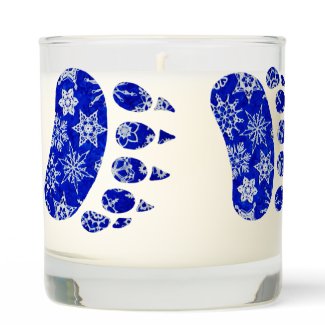




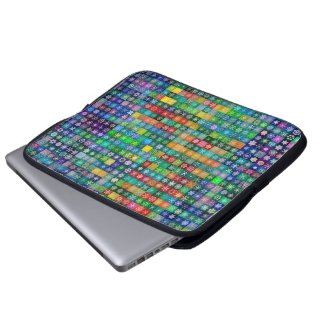
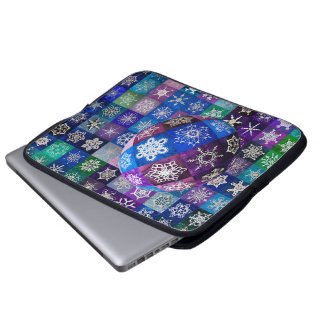














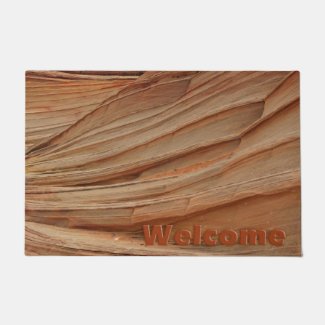
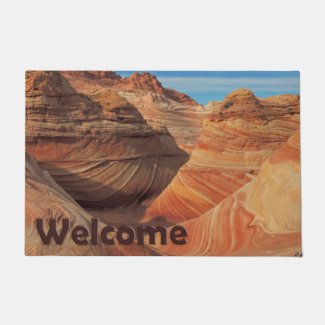
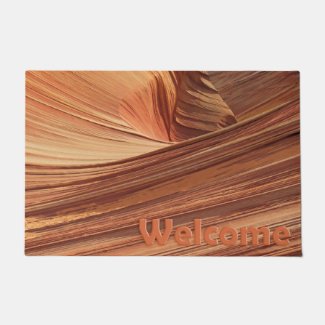

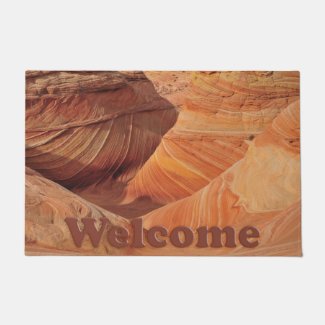
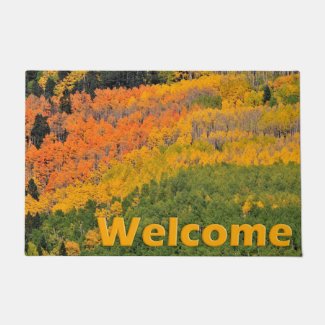
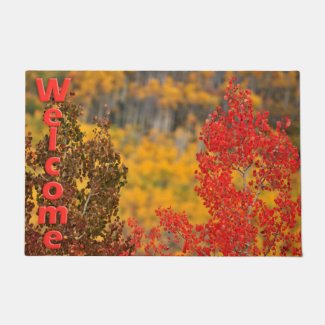
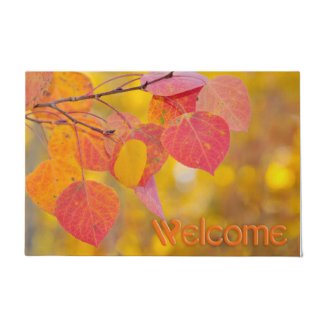
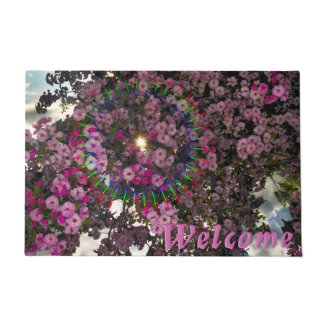
Busted, oozed a bit at the end haha well at least you learned something from it
ReplyDeleteBusted... oh, Pat, that was good! You have such a keen sense of humor!
DeleteAh well - all part of the learning curve. I love the top shot - what a great range of colours you got in those few short months! And the dye glass window shot is wonderful. Like your very own stained glass window! :)
ReplyDeleteI've learned so much this year, Sue. I can't wait to gather more natural things to dye with next year!
Deletehi i use small plastic bags stretched over the top of the bottles with a little bit of a hat which allows for expansion
ReplyDelete